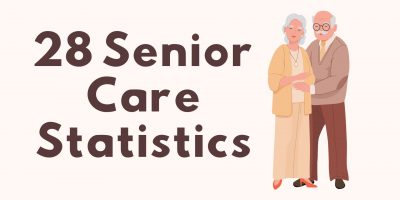
28 Senior Care Statistics
Explore senior care statistics that accurately depict the growing importance of eldercare

As the aging population grows and shifts the demographic pyramid, the need for quality specialized care for seniors will rise. Ease and comfort for the eldest citizens of society should be readily accessible and available. The statistics paint an accurate picture of the growing importance of eldercare.


The national average costs for long-term care in the U.S. are:
(LongTermCare.gov, 2016)
Whether institutional or in-home care, it is vital that the people who built today’s society are well taken care of in their later years.
*We’re using an archived version of the page as the source.
Browse our curated list of vendors to find the best solution for your needs.
Subscribe to our newsletter for the latest trends, expert tips, and workplace insights!

Explore senior care statistics that accurately depict the growing importance of eldercare

Explore crucial employee wellness statistics to enhance workplace well-being and productivity.

From benefits types to designing personalized packages, discover how a strategic approach to benefits can favor both the personnel and the employers.

Discover flexible benefits plan’s role in improving recruitment and retention levels and satisfying employees’ needs.
Used by most of the top employee benefits consultants in the US, Shortlister is where you can find, research and select HR and benefits vendors for your clients.
Shortlister helps you reach your ideal prospects. Claim your free account to control your message and receive employer, consultant and health plan leads.